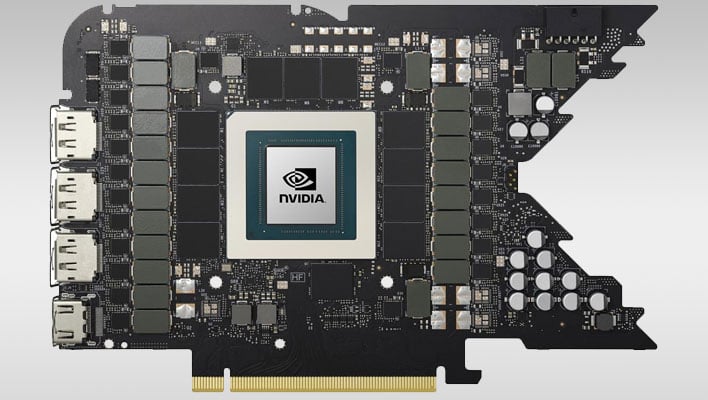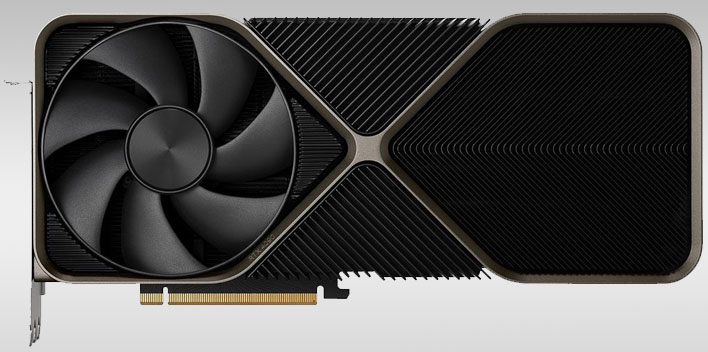GeForce RTX 4090 Dragon GPU Launches In China Today With Castrated AI Specs

The day has supposedly come when NVIDIA is set to launch a modified version of its flagship consumer graphics card, the GeForce RTX 4090, in China. It's modified so as not to run afoul of the US government's export restrictions on AI hardware. However, if the reported specifications turn out to be accurate, the China-bound GeForce RTX 4090D (Dragon Edition) should still excel at gaming.
That was not a foregone conclusion, as NVIDIA had several options available to it. The most drastic one would have been to reduce the number of CUDA cores. As it stands, the GeForce RTX 4090 sports 16,384 CUDA cores, compared to 9,728 on the GeForce RTX 4080, 7,680 on the GeForce RTX 4070 Ti, 5,888 on the GeForce RTX 4070, 4,352 on the GeForce RTX 4060 Ti, and 3,072 on the GeForce RTX 4060.
Scaling back the card's power consumption was another option, as was tweaking the memory specs (or some combination of the three). However, NVIDIA apparently didn't go any of those routes. According to Chiphell reviewer nApoleon, "only the Tensor core has been castrated, and the rest remains unchanged."
It's further stated (via Google translation) that gaming performance and pricing both remain the same on the GeForce RTX 4090D, and that the card is launching in China tonight.

Assuming a reduction in Tensor cores is the only change, than gaming performance should be roughly on par with the regular GeForce RTX 4090 for the most part, though not without exceptions. Tensor cores are what give NVIDIA's GeForce GPUs their AI smarts.
"Tensor cores enable mixed-precision computing, dynamically adapting calculations to accelerate throughput while preserving accuracy. The latest generation of Tensor Cores are faster than ever on a broader array of AI and high-performance computing (HPC) tasks. From 6X speedups in transformer network training to 3X boosts in performance across all applications, NVIDIA Tensor cores deliver new capabilities to all workloads," NVIDIA explains.
As it applies to gaming, Tensor cores mostly come in handy when upscaling with NVIDIA's Deep Learning Super Sampling (DLSS) technology. The GeForce RTX 4090 is equipped with 512 Tensor cores, and depending on what kind of reduction is at play for the GeForce RTX 4090D, gaming at higher resolutions using DLSS should yield the biggest performance hit, it's just a matter of to what extent. All we know at this point is that it has to be a significant enough reduction to appease US restrictions.
Assuming the card launches in China tonight as claimed at Chiphell, then we should find out soon enough—it won't take long for users and reviewers to put the modified GPU through its paces.

